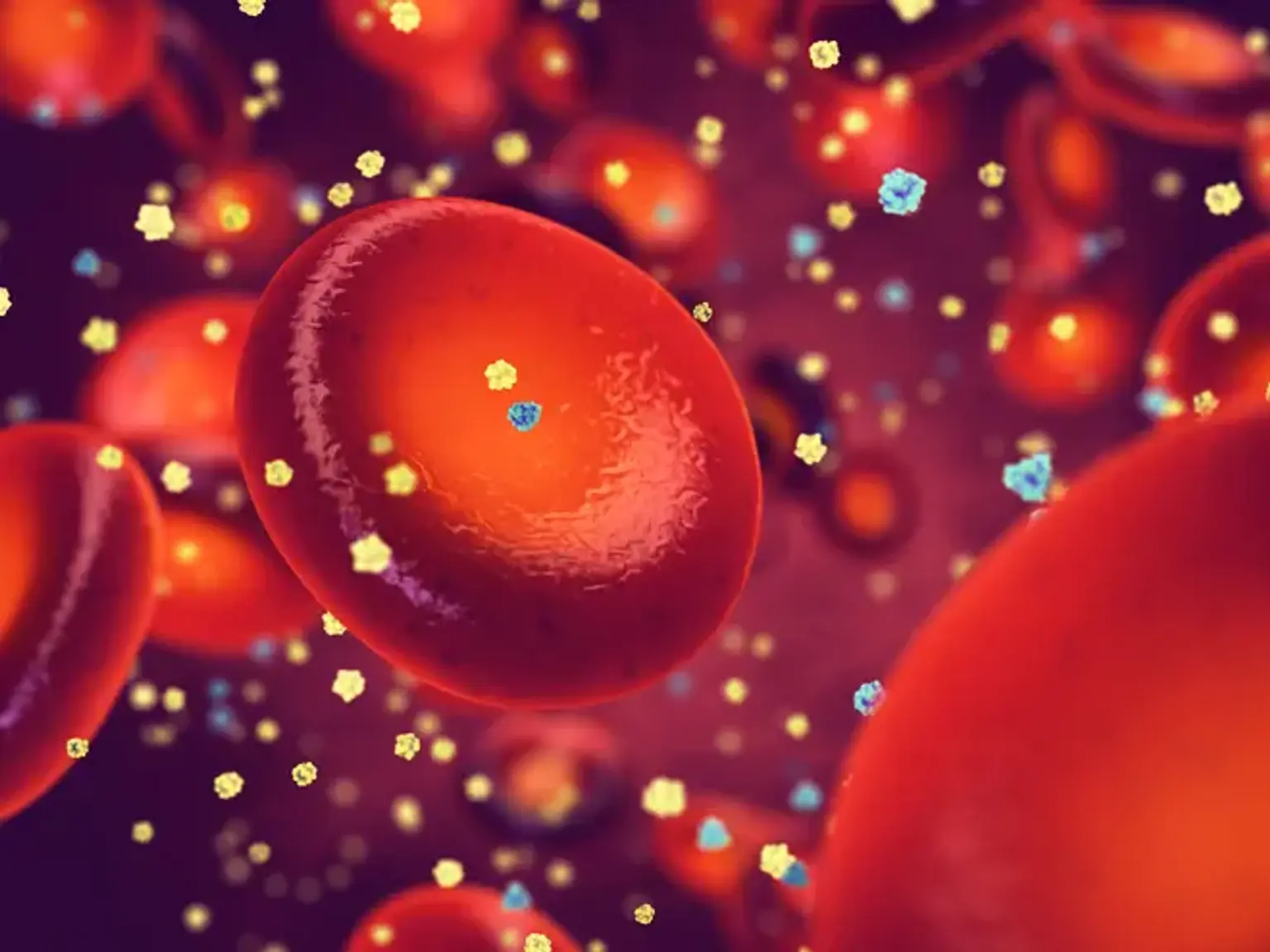Pediatric Blood Disorders
Overview
Pediatric blood disorders are a type of noncancerous illness that mostly affects newborns, children, and teenagers. Such disorders include bone marrow failure, anemia, and hemophilia. The severity of the problems varies and might have a severe impact on functioning.
